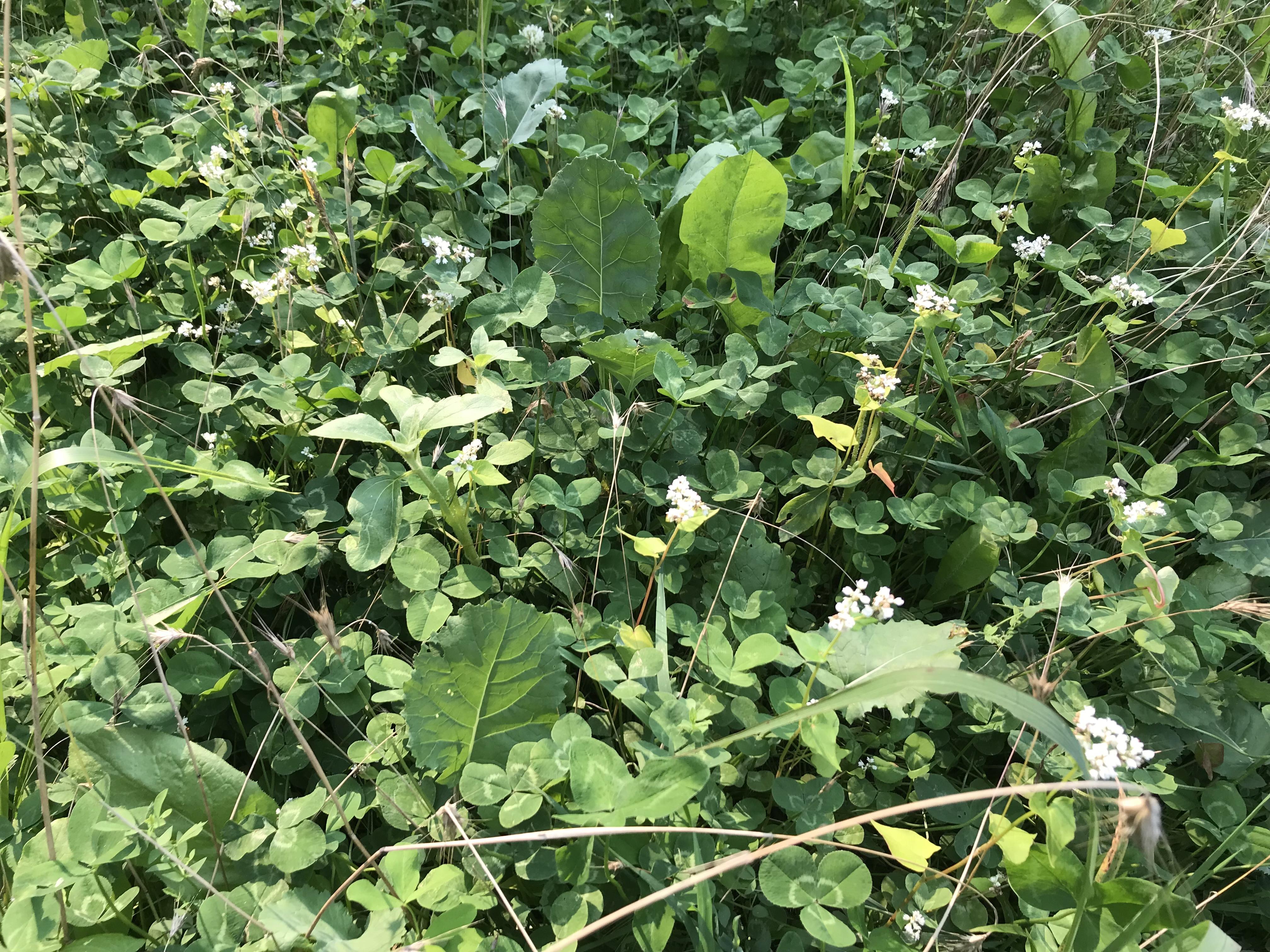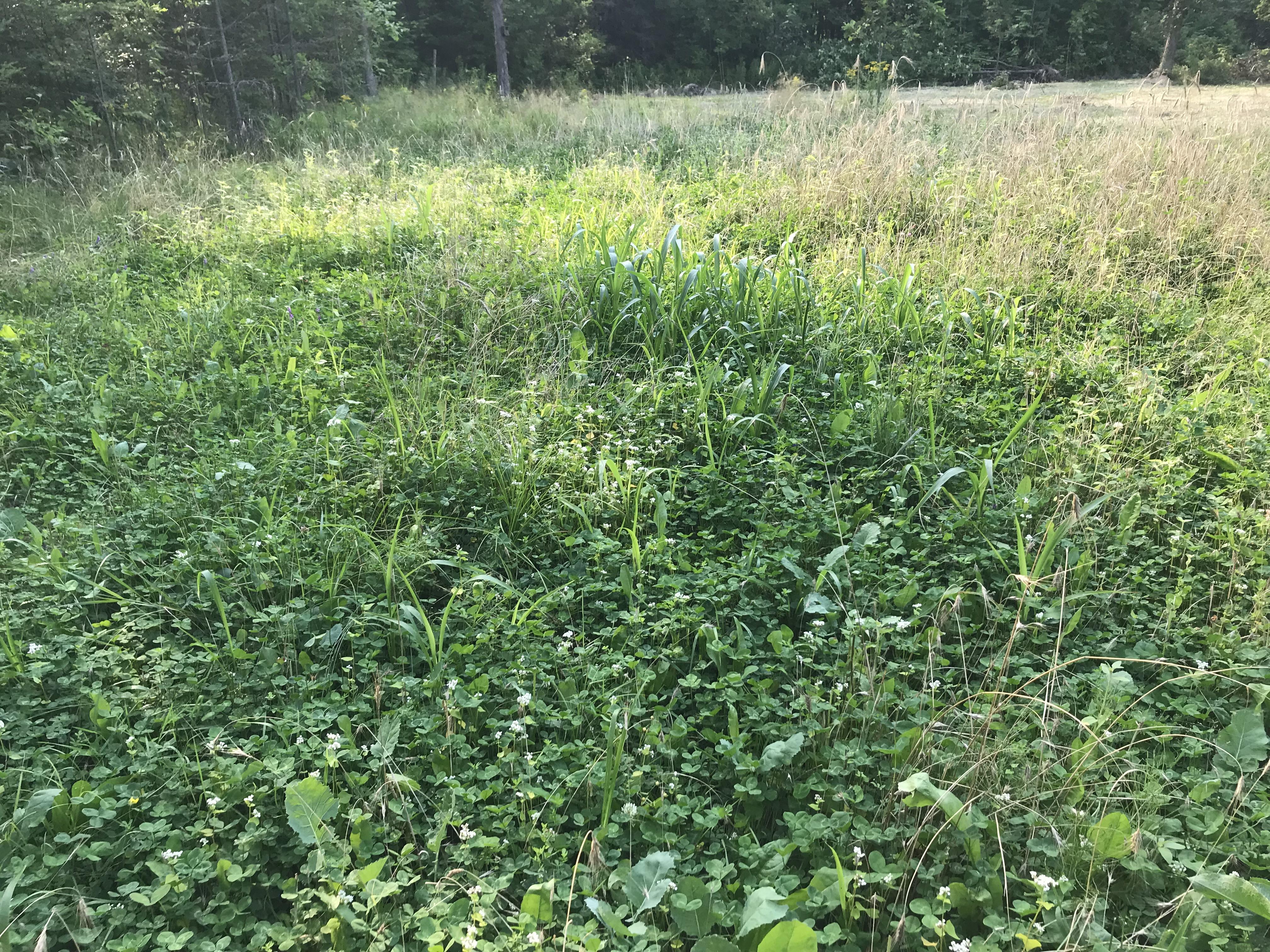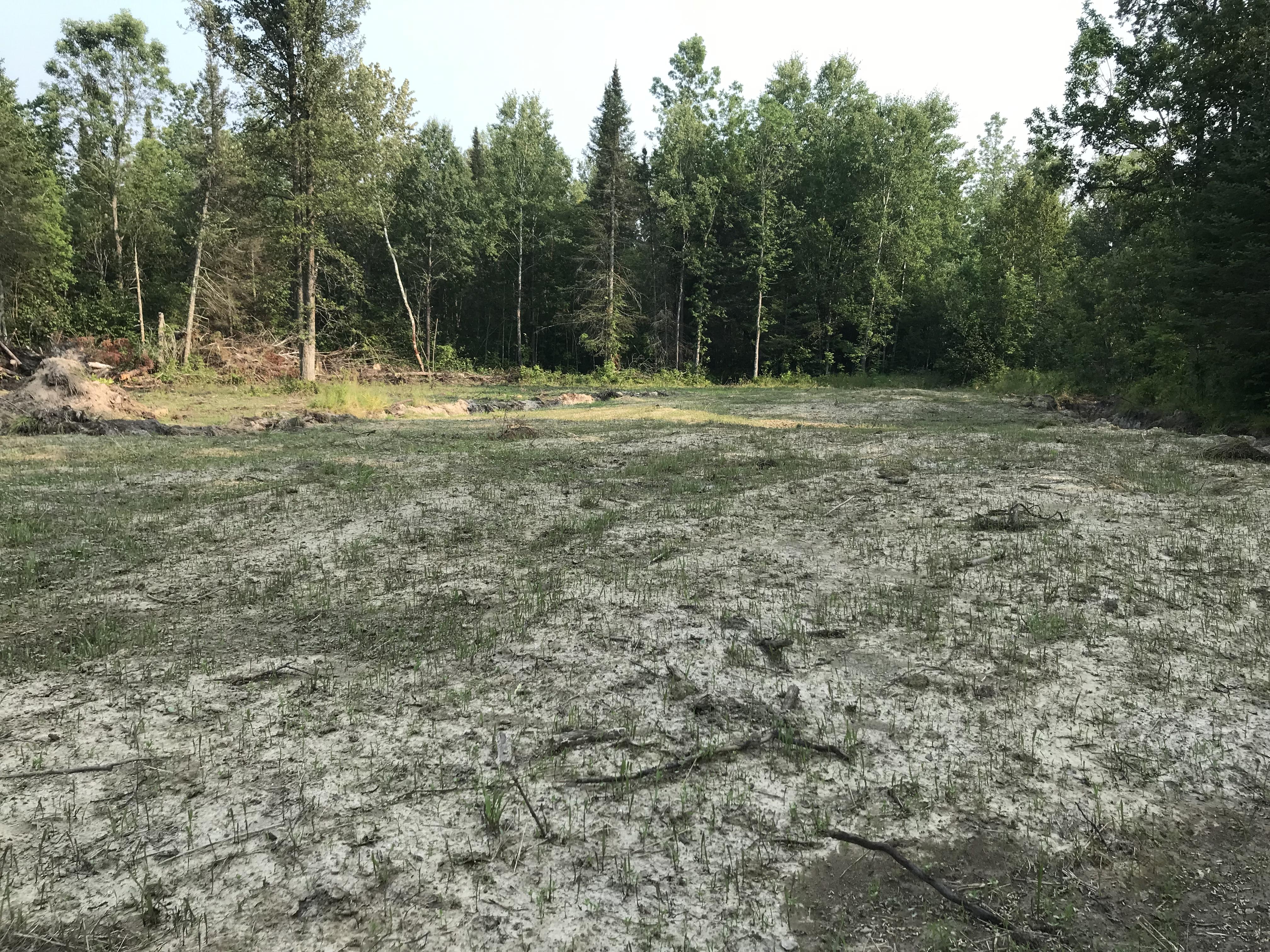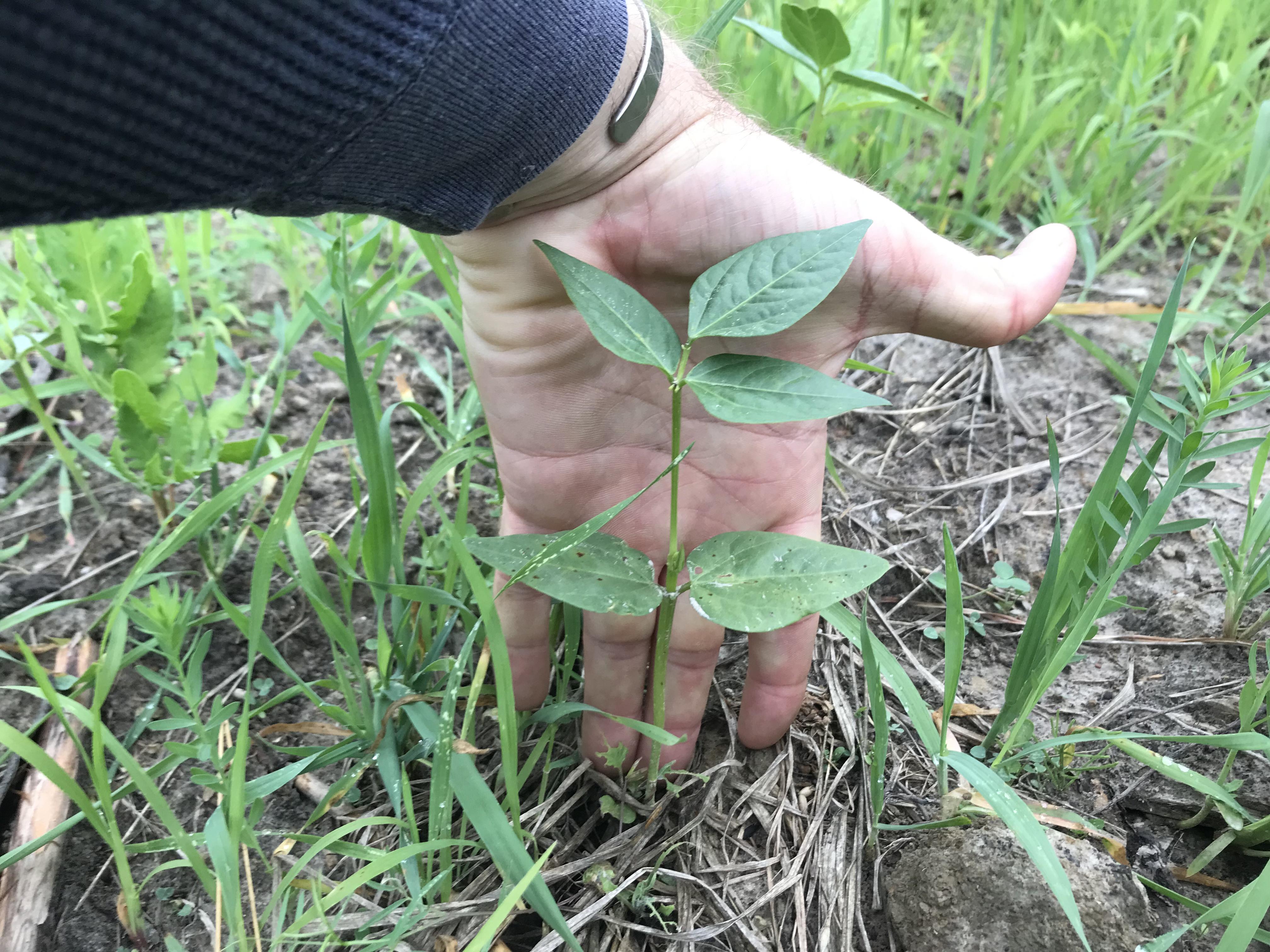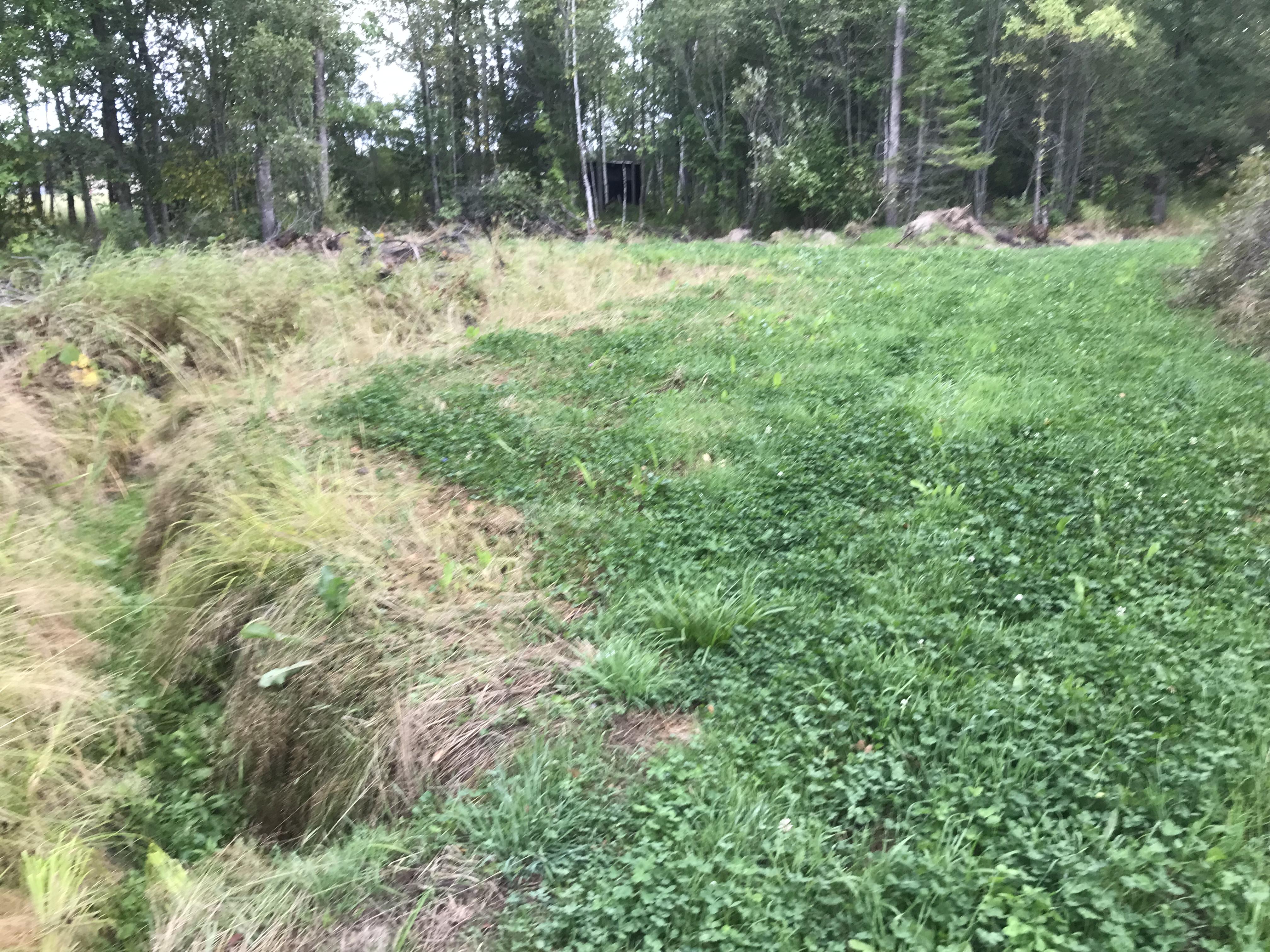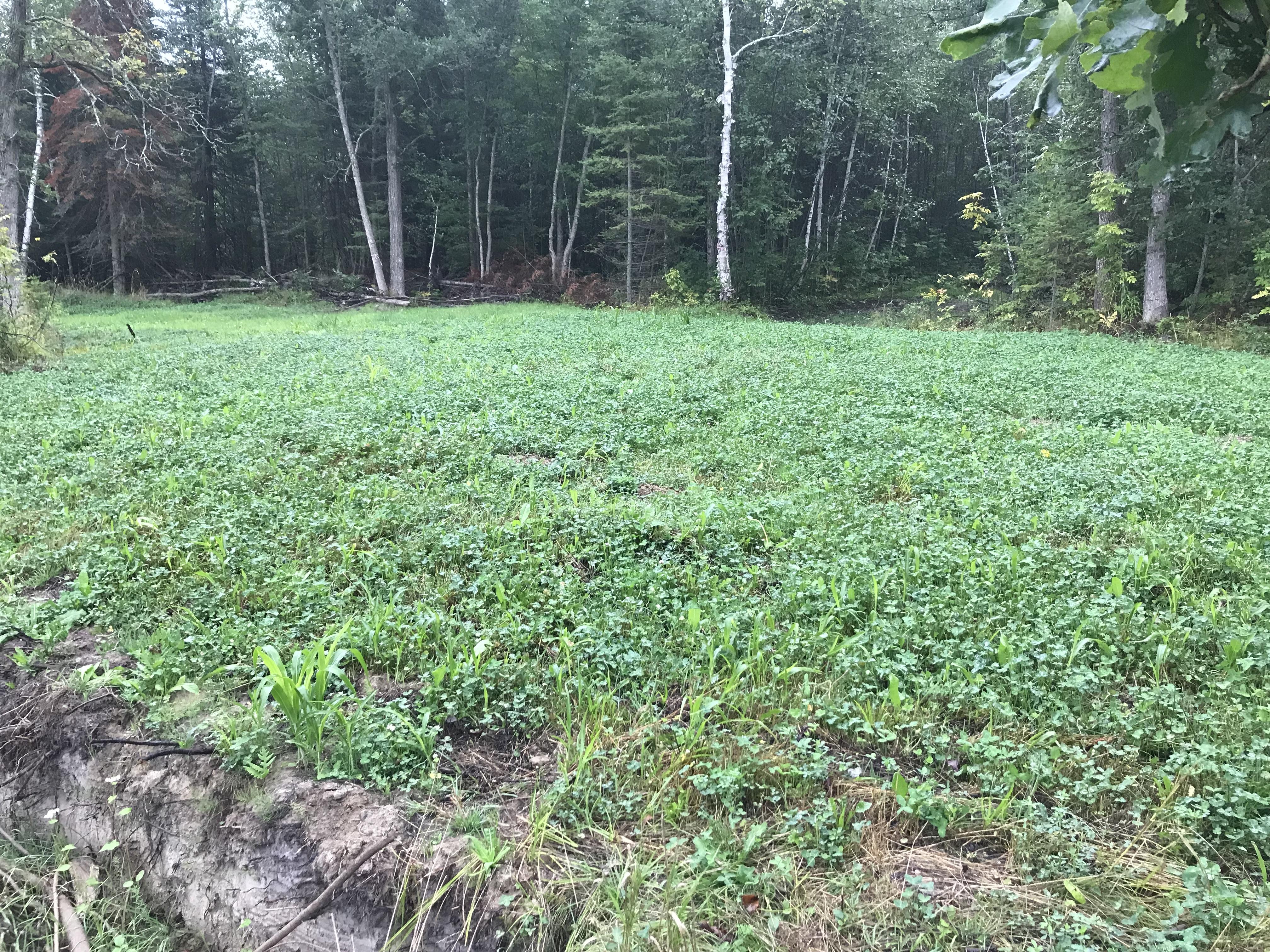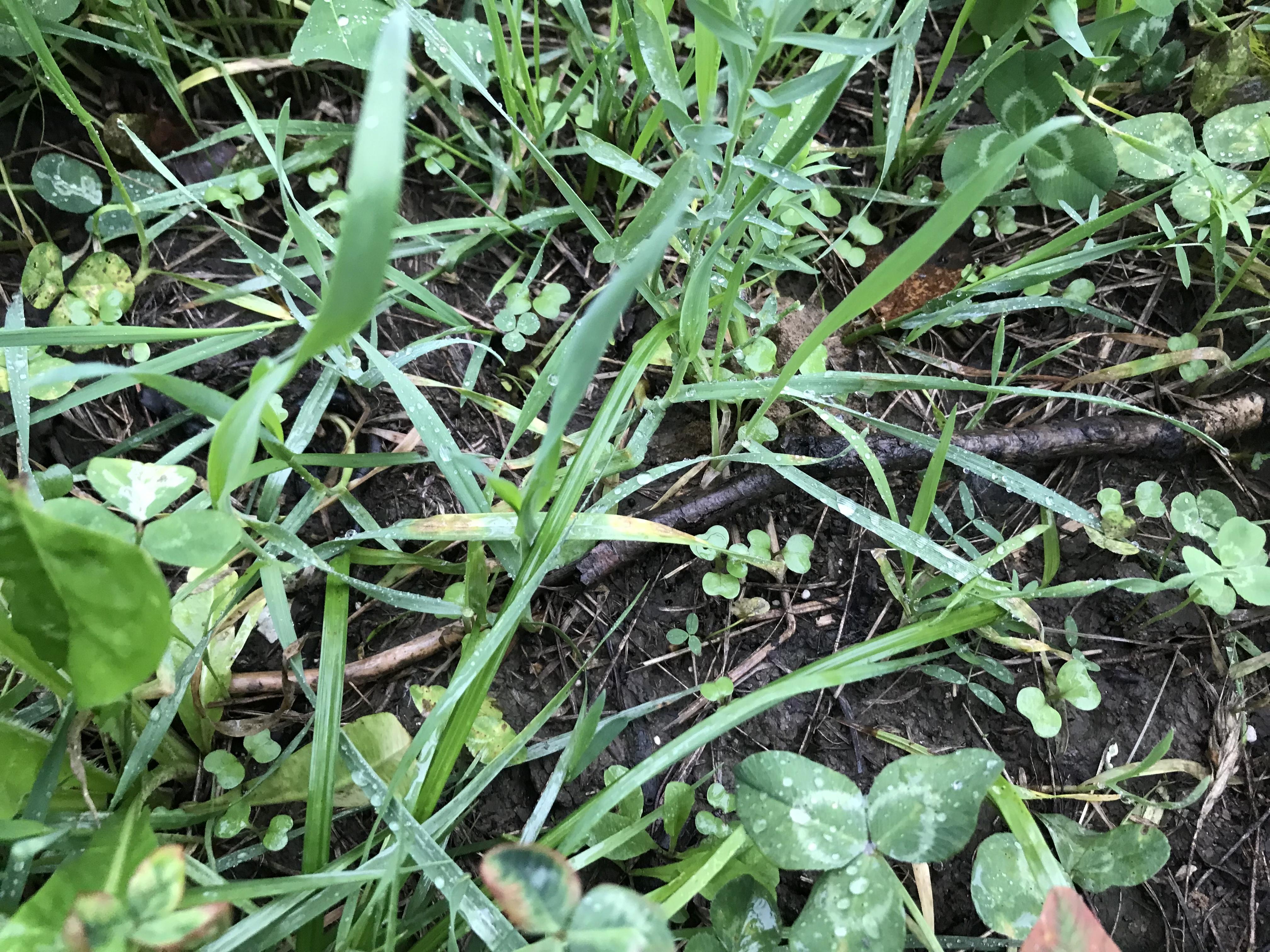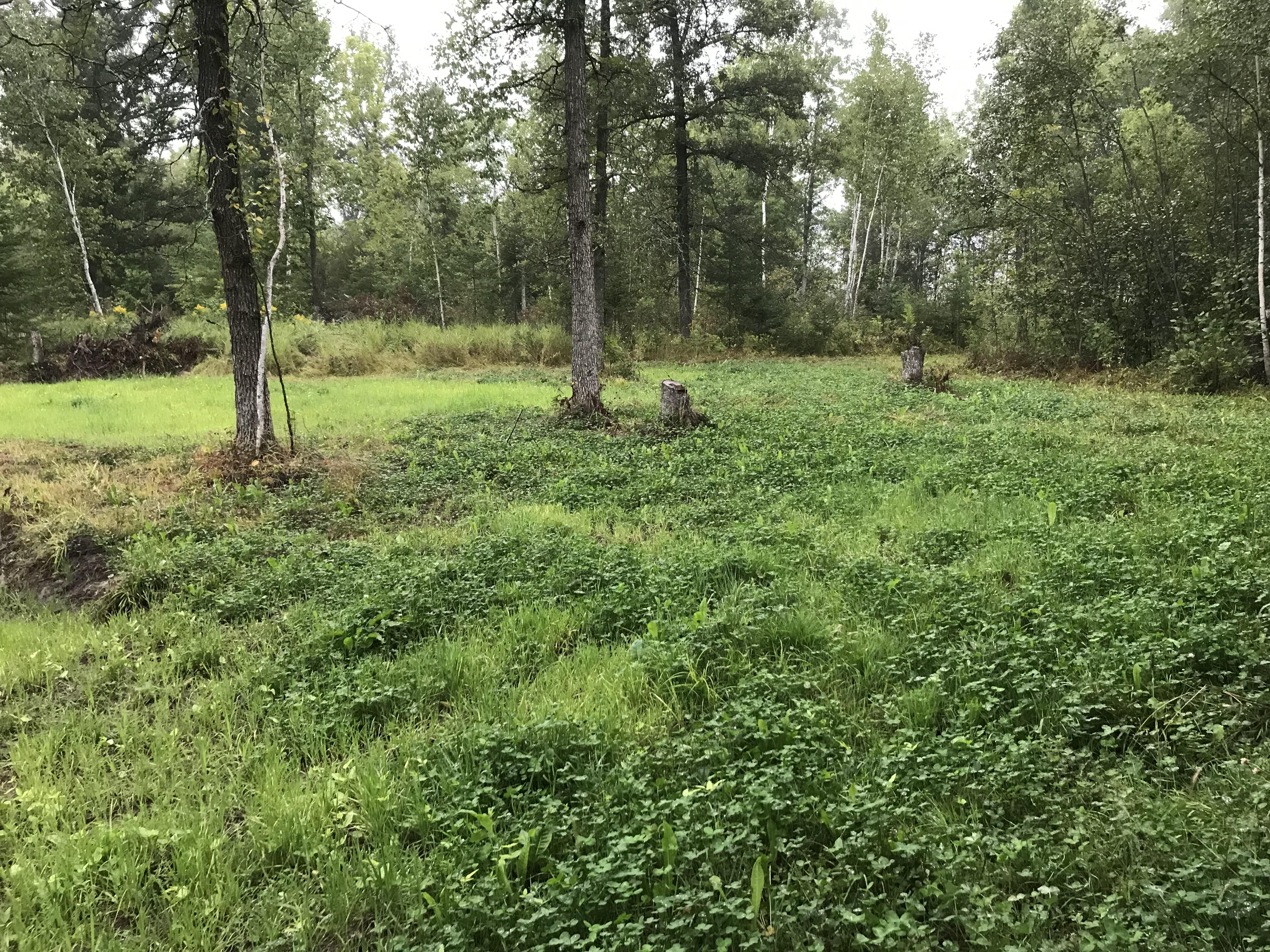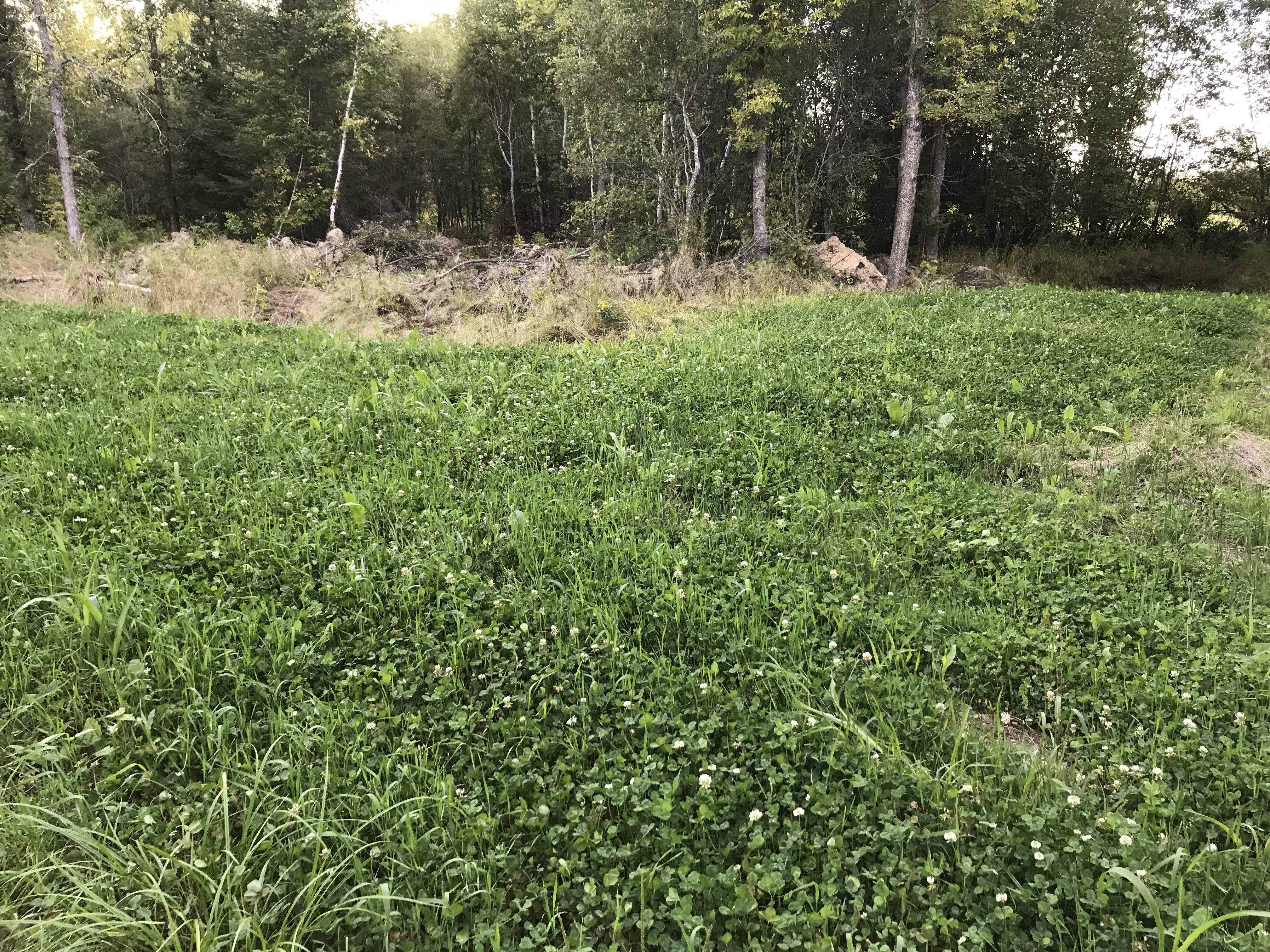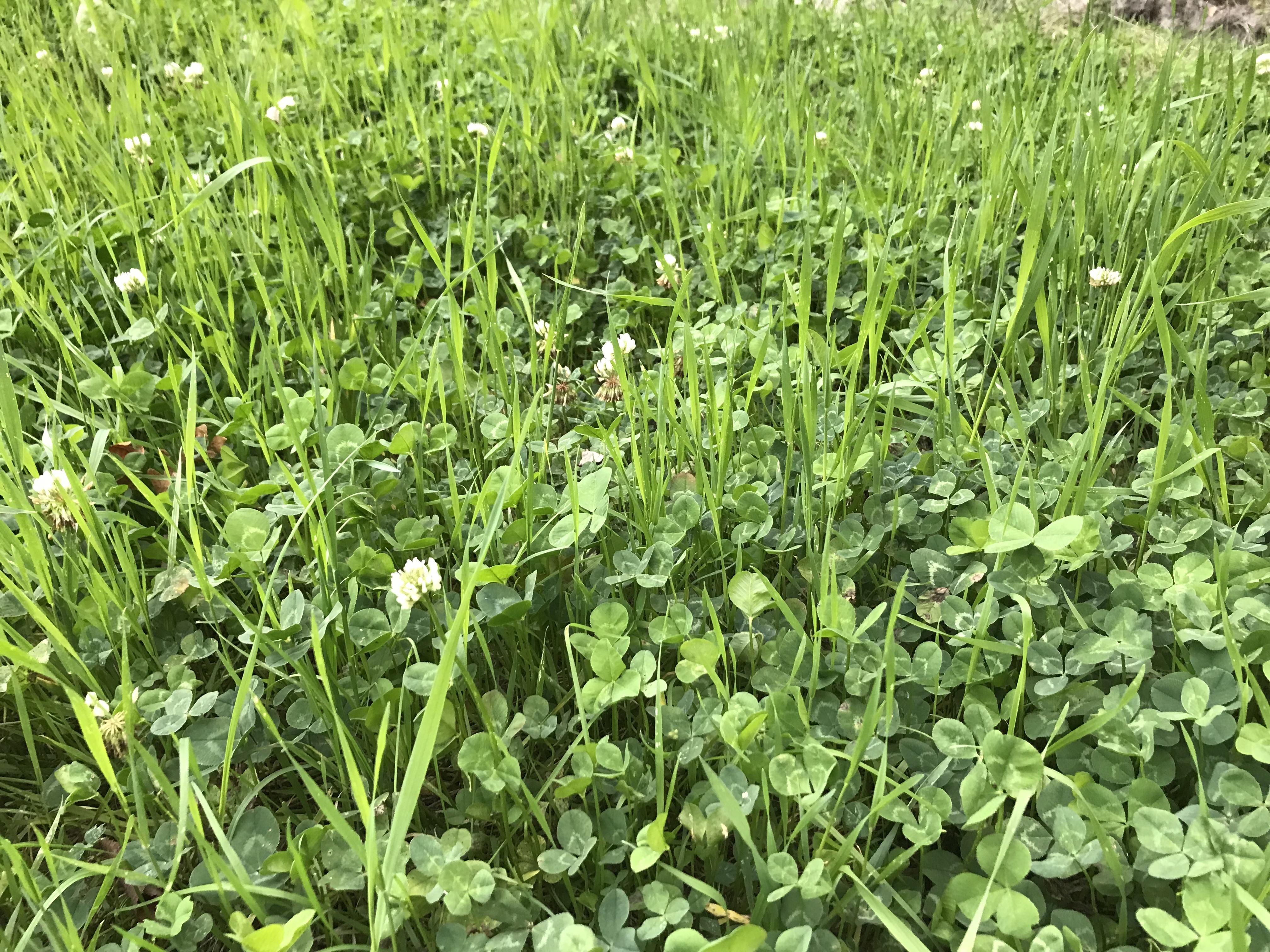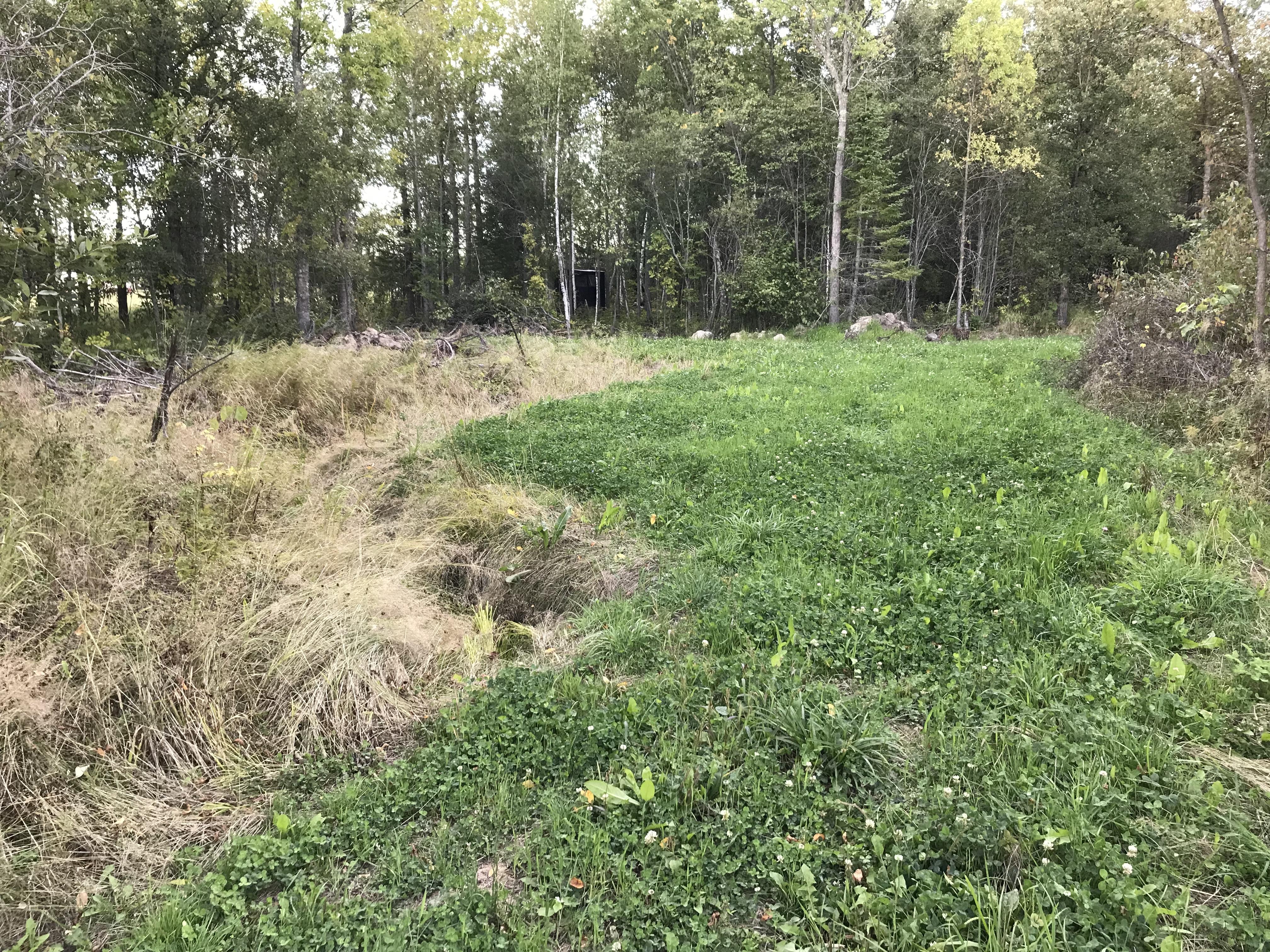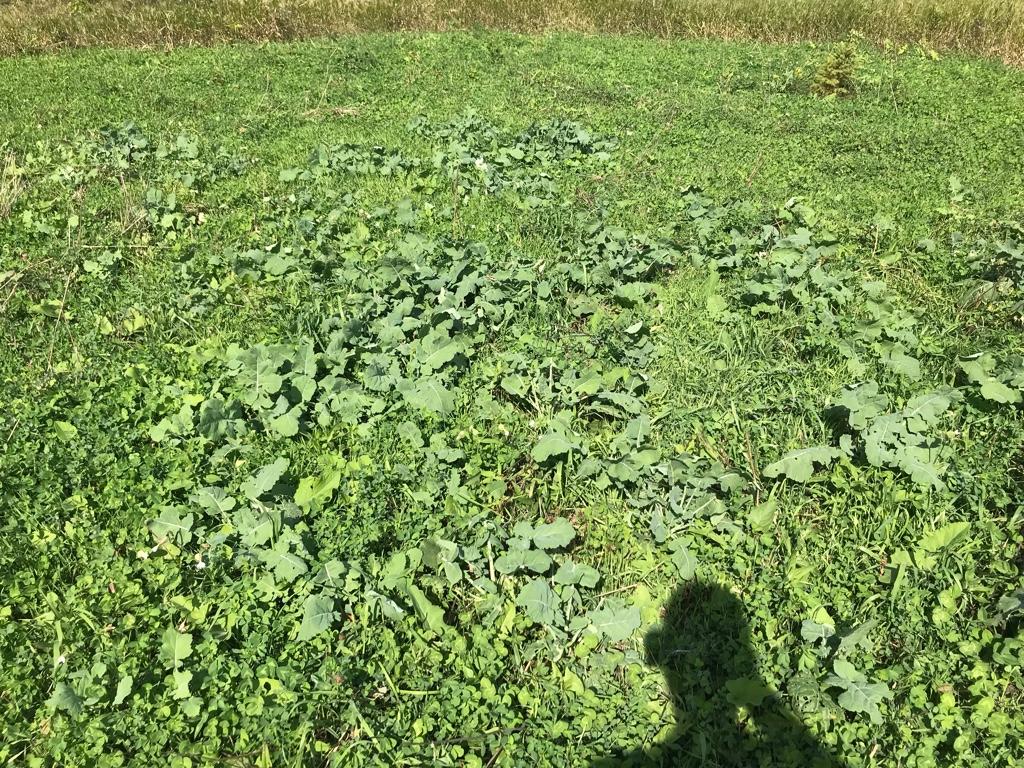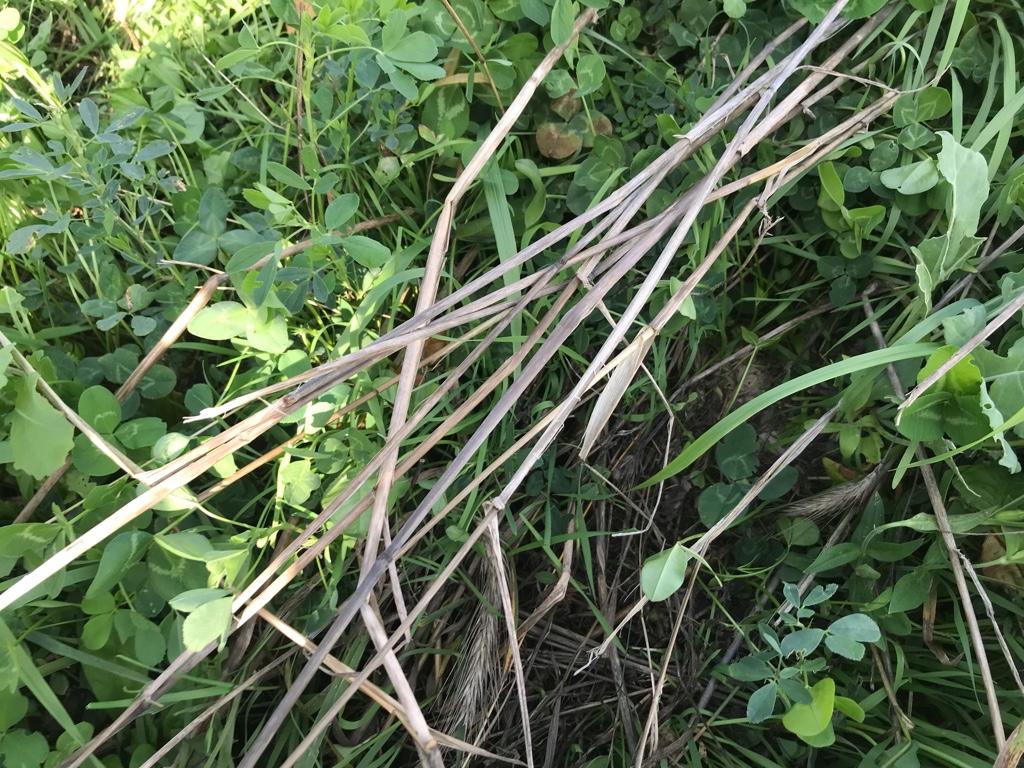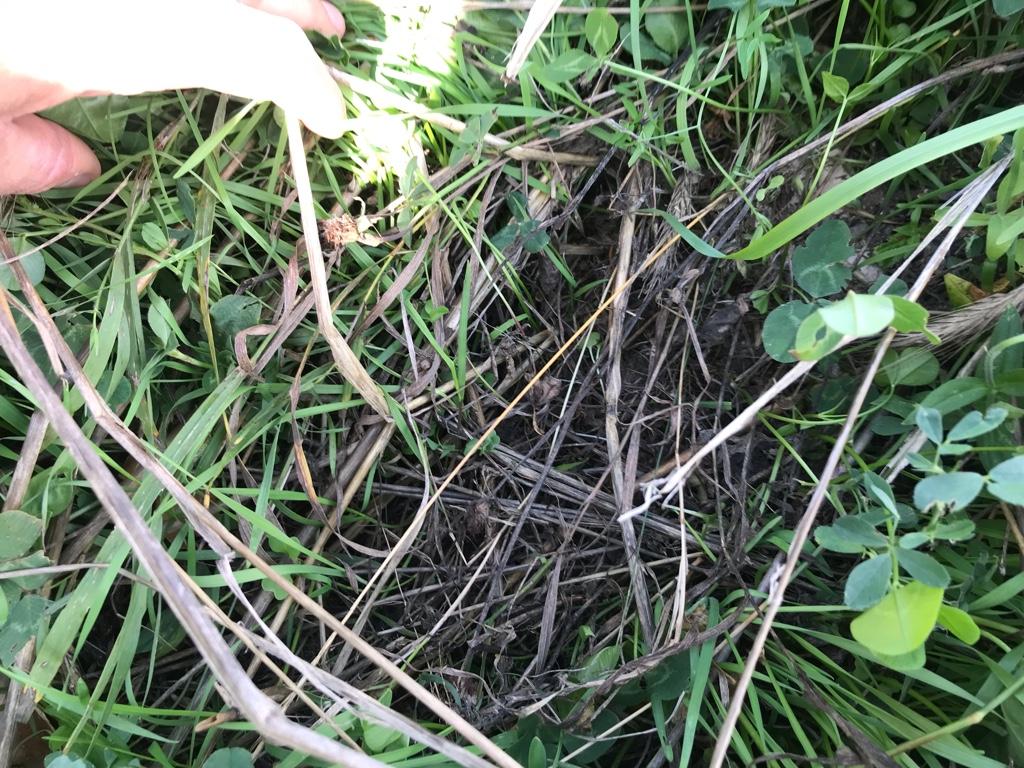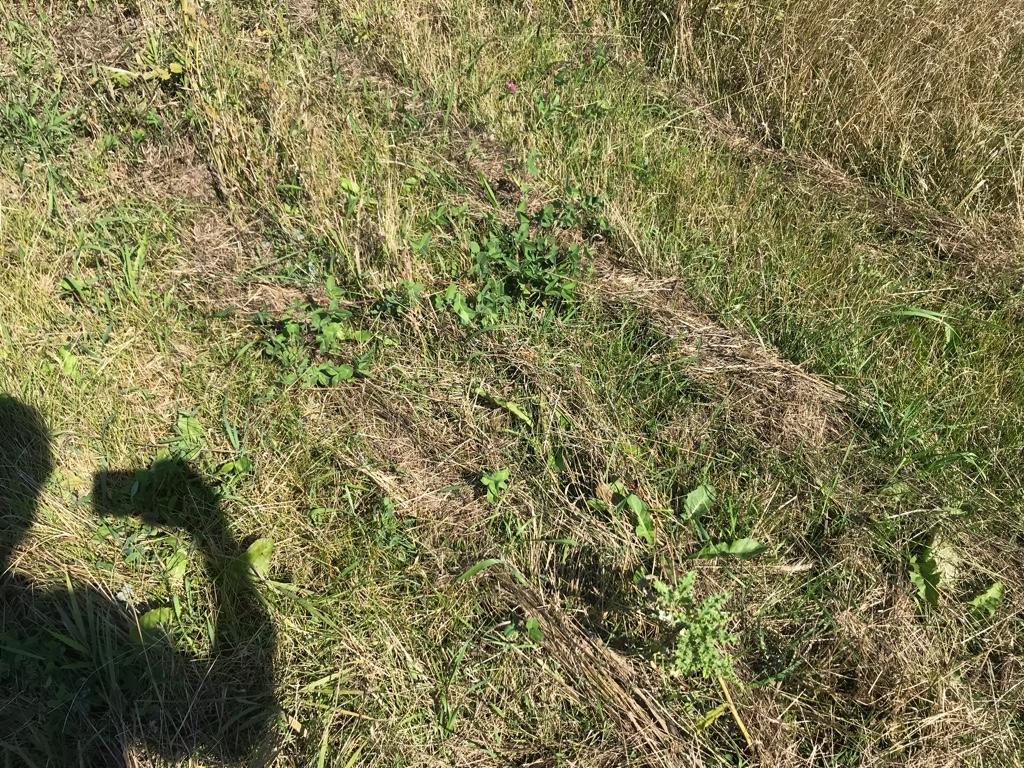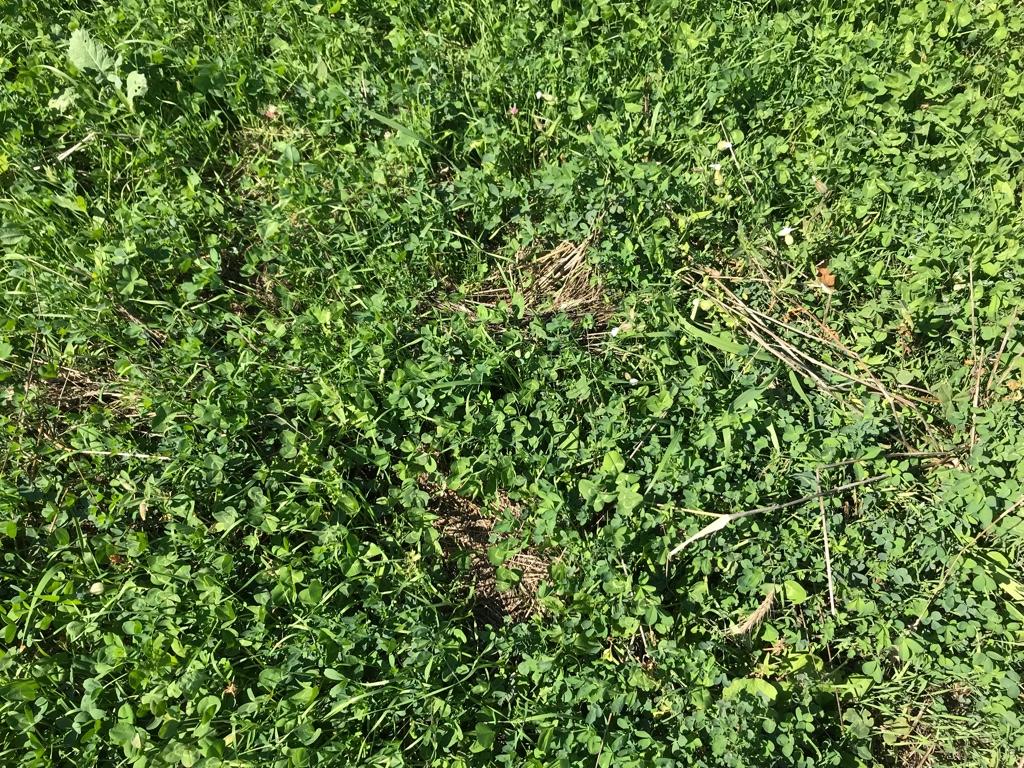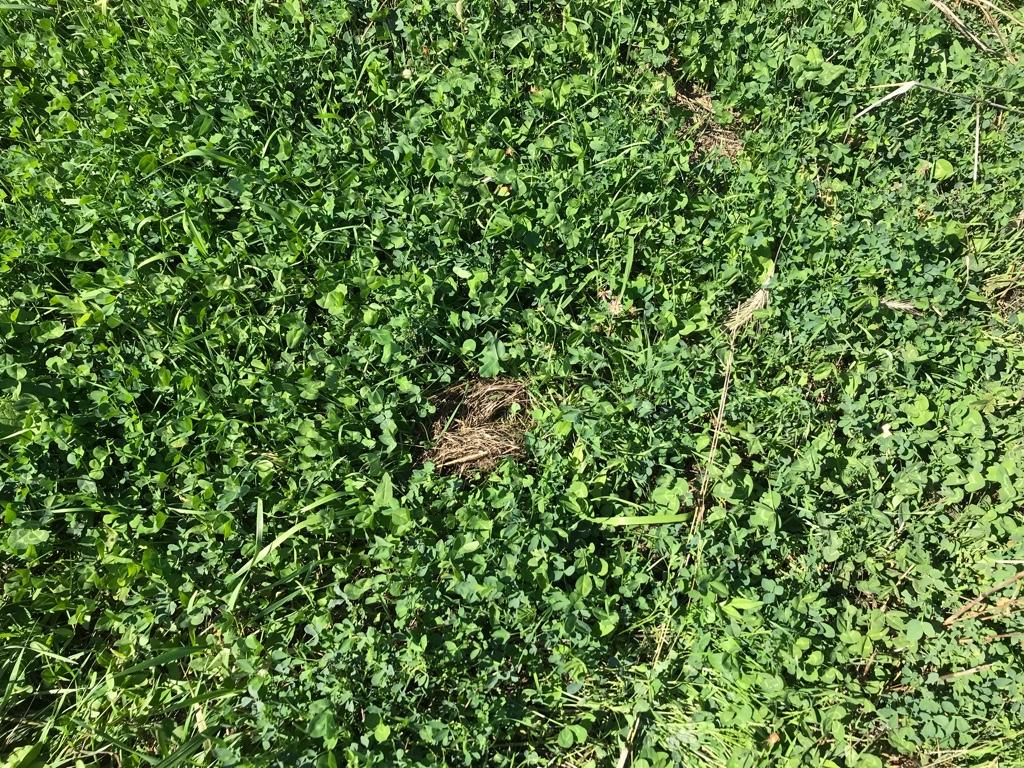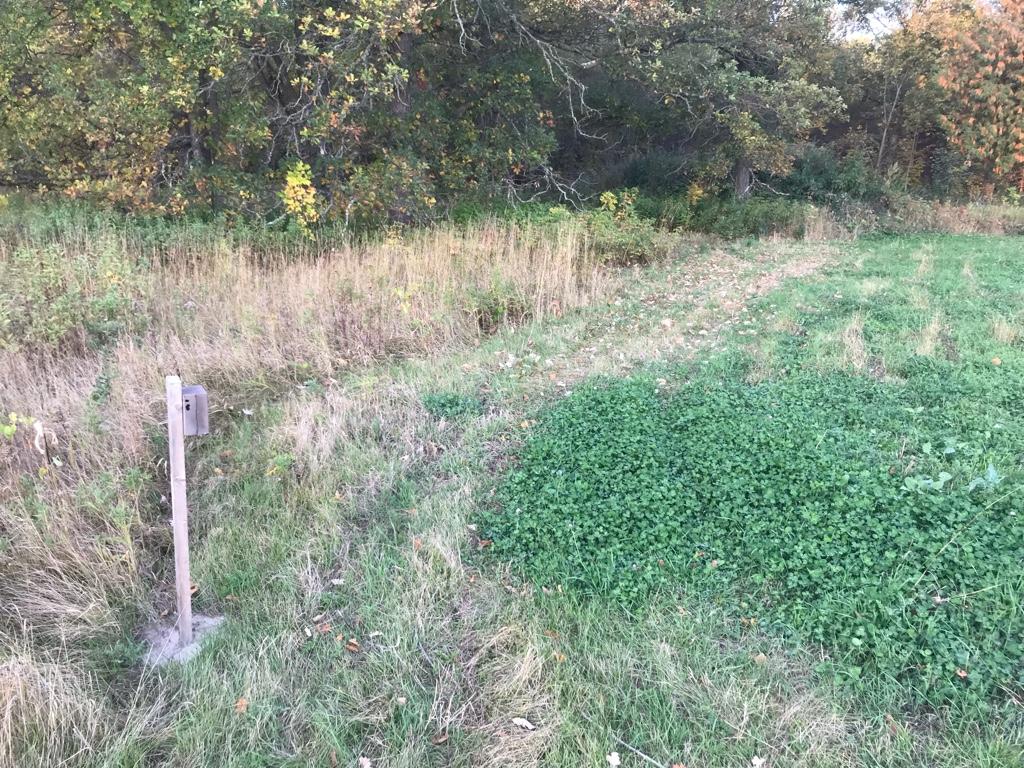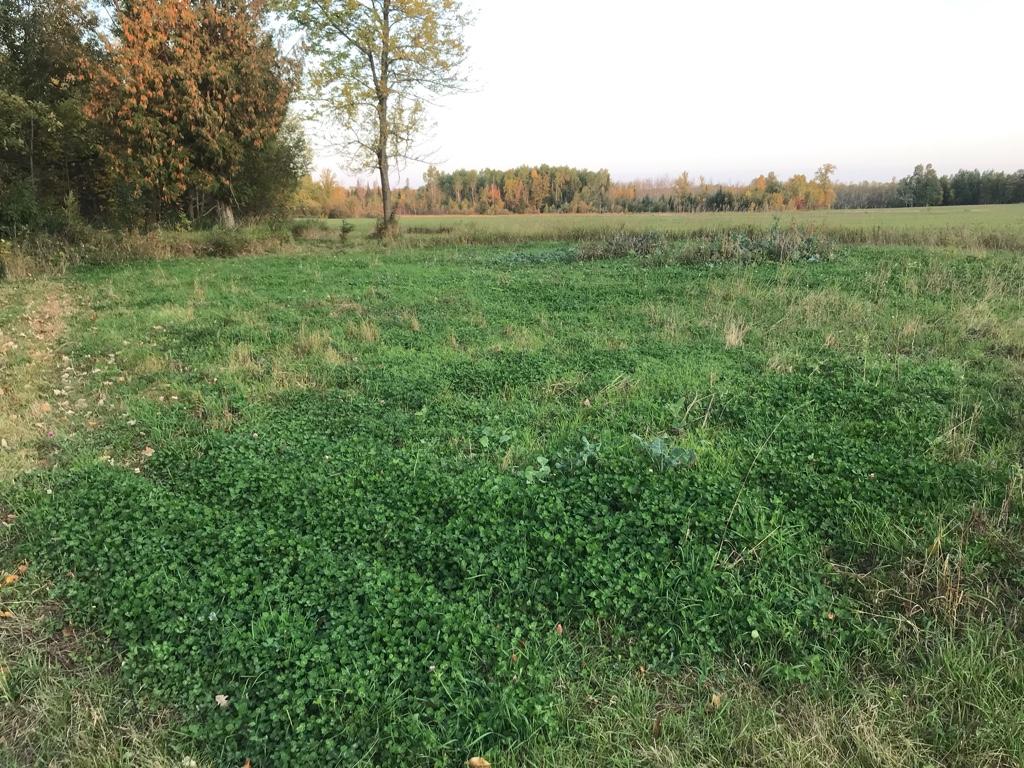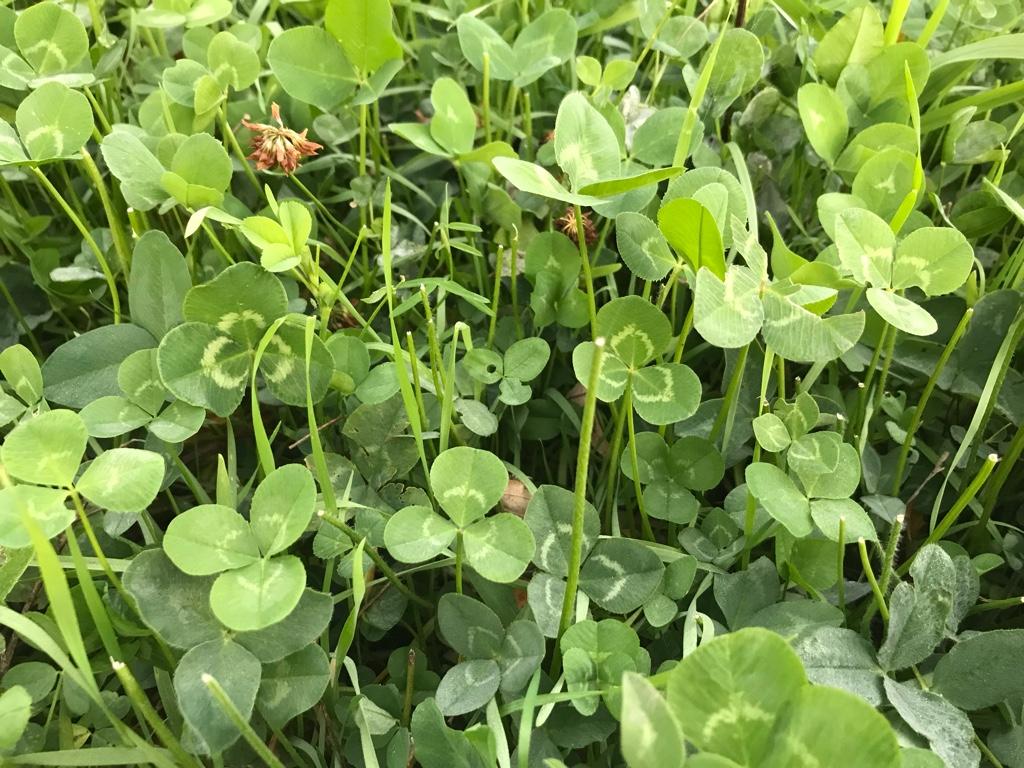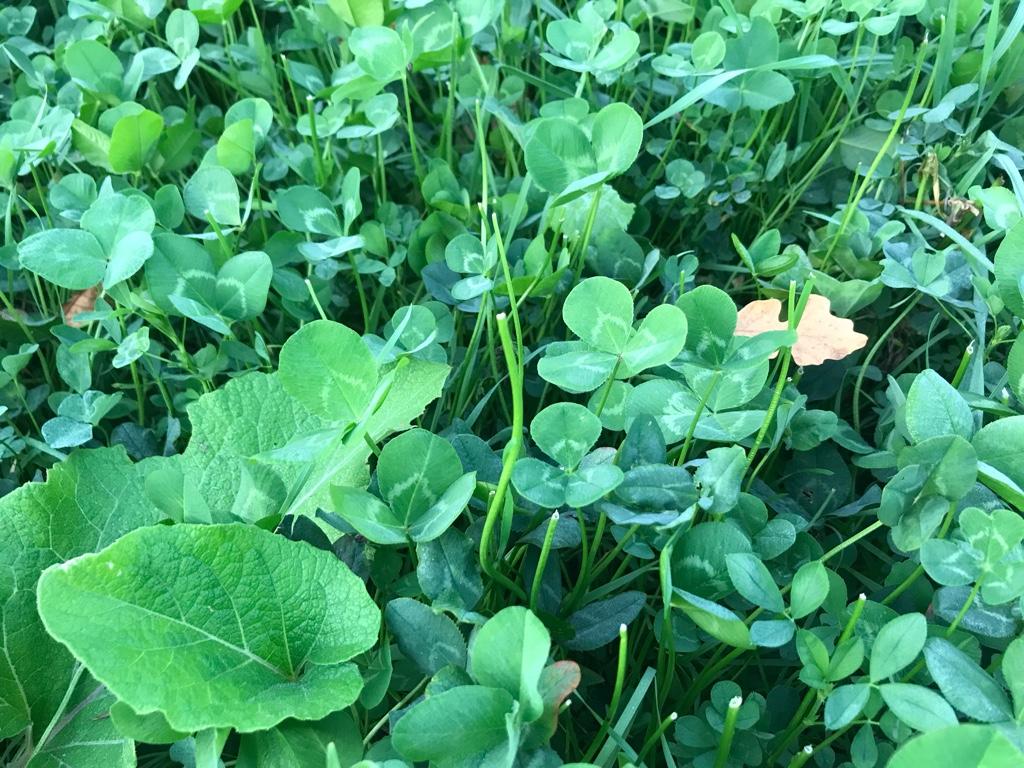MarkDarvin
Well-Known Member
I'm glad you asked that question. Another part of that enormous grad paper from MSU mentioned the Enemy Release Hypothesis.
I'd never heard of that term before, but a quick google and a little browsing, and it looks like the pursuit of understanding why something happens. That's a big thing for me when it comes to regen plotting. I want to make sure I am not the cause of anything that will need to be dealt with later, because quite often dealing with stuff creates more problems.
This year for example, I fixed my flooding problem, but in the process, I killed off most of my clover and chicory, and during a drought. Those were foreseeable problems, but still, a fun frame to put it in.
I may have to add this book to my study. I just hope it's not $500 or out of print.
https://www.cabi.org/isc/ebook/20183119356
I'd never heard of that term before, but a quick google and a little browsing, and it looks like the pursuit of understanding why something happens. That's a big thing for me when it comes to regen plotting. I want to make sure I am not the cause of anything that will need to be dealt with later, because quite often dealing with stuff creates more problems.
This year for example, I fixed my flooding problem, but in the process, I killed off most of my clover and chicory, and during a drought. Those were foreseeable problems, but still, a fun frame to put it in.
I may have to add this book to my study. I just hope it's not $500 or out of print.
https://www.cabi.org/isc/ebook/20183119356

